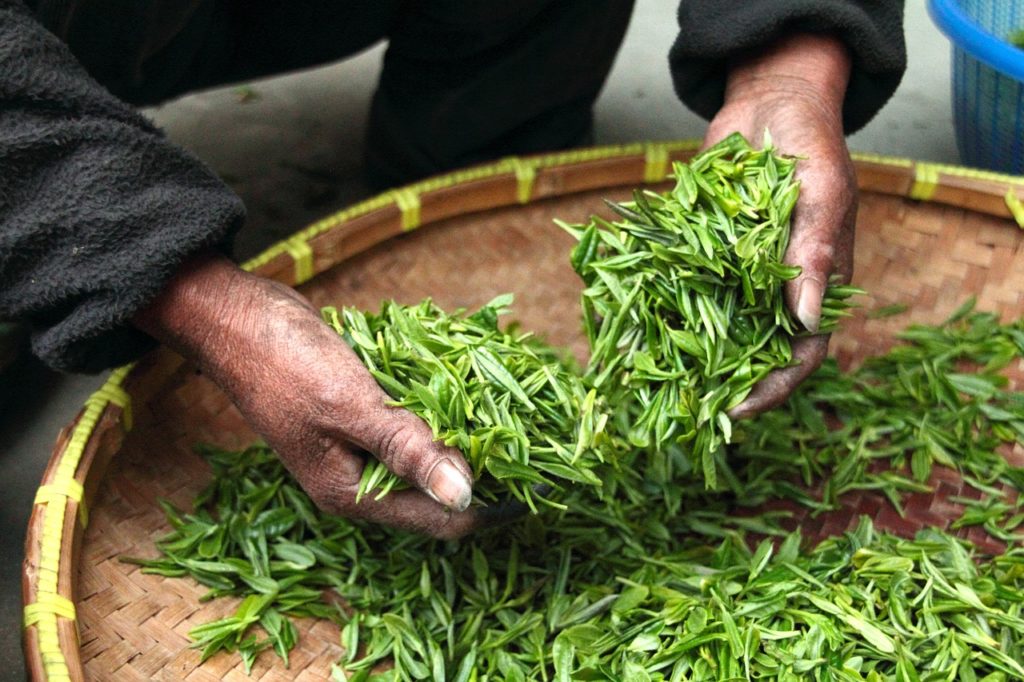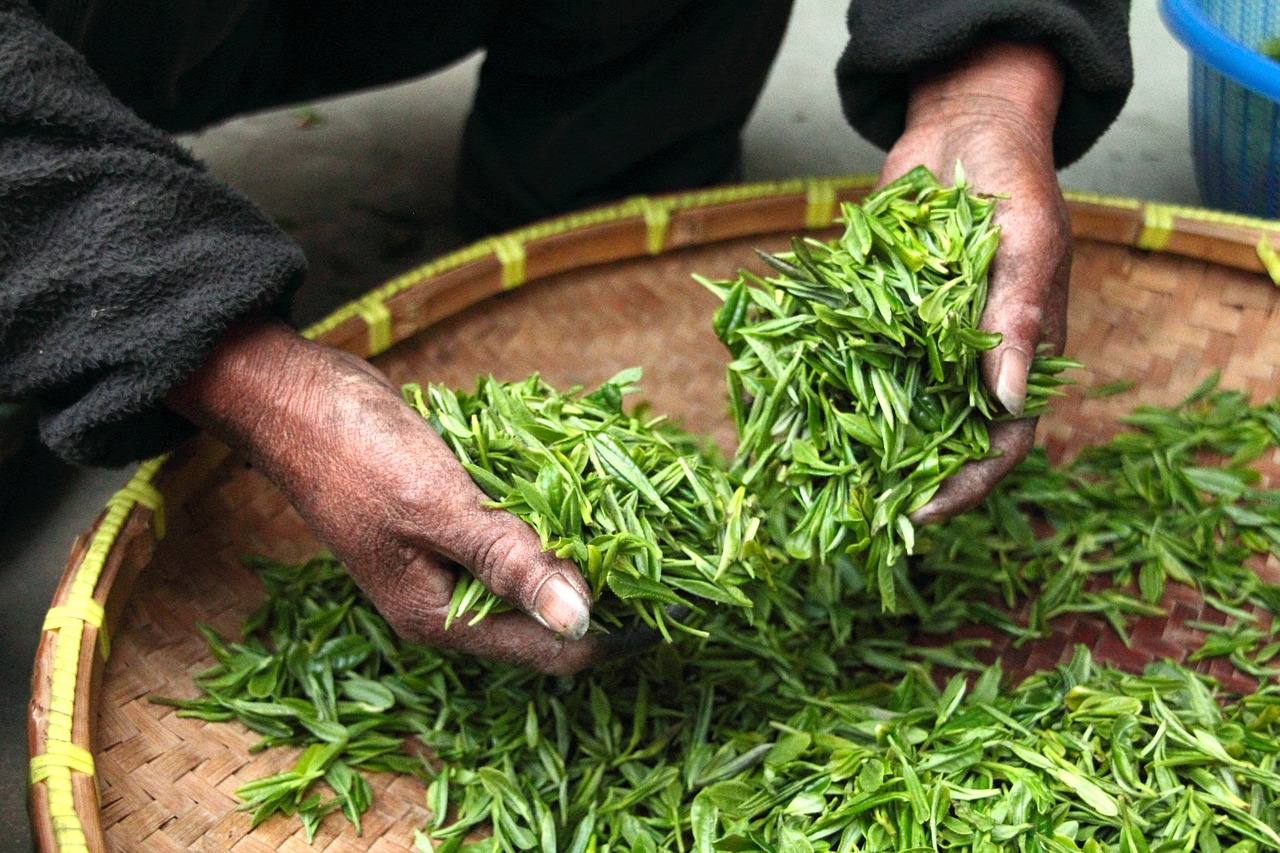
Tea is a beverage that transcends cultures and time, woven into the fabric of civilizations across the globe. From its legendary origins in ancient China to its adoption in modern Britain, tea has played a crucial role in social customs, economic activities, and even politics. This comprehensive exploration will take you through the fascinating history of tea, detailing its journey across continents and its evolution into the beloved drink it is today.
Ancient Beginnings in China
The Legend of Emperor Shen Nong
The history of tea is deeply rooted in Chinese culture, with its origins shrouded in legend and myth. One of the most famous tales attributes the discovery of tea to Emperor Shen Nong in 2737 BCE. According to the legend, Shen Nong was boiling water when leaves from a nearby tea tree blew into his pot. The emperor found the resulting infusion not only refreshing but also invigorating, thus marking the serendipitous discovery of tea.
Early Uses and Cultural Significance
Initially, tea was used for medicinal purposes. Ancient Chinese texts, such as the “Erya,” the oldest surviving Chinese dictionary, mention tea’s health benefits. It wasn’t until the Tang Dynasty (618-907 CE) that tea began to be widely consumed as a daily beverage. During this period, tea culture flourished, and the “Classic of Tea” (Chajing), written by Lu Yu, was published. This seminal work detailed the art of tea preparation and consumption, solidifying tea’s place in Chinese society.
Tea Spreads Across Asia
Japan: The Zen Influence
Tea reached Japan in the early 9th century, brought by Buddhist monks who had traveled to China. The Japanese developed their unique tea culture, deeply influenced by Zen Buddhism. The Japanese tea ceremony, or “Chanoyu,” emphasizes mindfulness, aesthetics, and the philosophical aspects of tea drinking. The ritualistic preparation and consumption of matcha (powdered green tea) became an art form, reflecting the Zen principles of simplicity and tranquility.
Korea: Royal and Monastic Traditions
In Korea, tea culture also developed distinct characteristics. Introduced around the 7th century, tea became popular in both royal courts and Buddhist monasteries. Korean tea ceremonies, known as “Darye,” are simpler than their Japanese counterparts but still emphasize respect, harmony, and natural beauty. Various types of tea, including green tea and herbal infusions, are enjoyed in Korea, reflecting the country’s diverse tea heritage.
Tea Travels West
The Silk Road and the Spice Trade
Tea’s journey to the West began along the Silk Road, the ancient network of trade routes connecting China with the Middle East and Europe. Initially, tea was a rare and expensive commodity, often traded alongside silk, spices, and other luxury goods. By the 16th century, Portuguese and Dutch traders began importing tea to Europe, introducing it to a new audience.
The Birth of the British Tea Culture
Tea arrived in Britain in the mid-17th century, initially as a novelty for the elite. Catherine of Braganza, the Portuguese wife of King Charles II, popularized tea drinking at court, and it quickly became fashionable among the aristocracy. By the 18th century, tea had permeated all levels of British society, becoming an integral part of daily life.
The Impact of the British East India Company
The Tea Trade and Colonial Expansion
The British East India Company played a pivotal role in the global tea trade. In the early 19th century, the company began cultivating tea in India, particularly in the Assam and Darjeeling regions, to reduce reliance on Chinese imports. This development marked the beginning of large-scale tea production outside China and significantly influenced global tea consumption patterns.
The Opium Wars
The British appetite for tea led to significant political and economic consequences, most notably the Opium Wars. To balance the trade deficit with China, Britain began exporting opium to China in exchange for tea. The resulting addiction crisis in China prompted the Chinese government to crack down on the opium trade, leading to conflicts with Britain. The Opium Wars (1839-1842 and 1856-1860) resulted in China’s defeat and the signing of treaties that favored British trade interests, further cementing tea’s place in British culture.
Modern Tea Cultures
The British Afternoon Tea Tradition
One of the most enduring legacies of tea in Britain is the tradition of afternoon tea. Introduced in the early 19th century by Anna, the Duchess of Bedford, afternoon tea became a social ritual involving light refreshments and, of course, tea. Today, afternoon tea remains a quintessential British experience, often enjoyed in elegant settings with an array of finger sandwiches, scones, and pastries.
Global Tea Consumption
Today, tea is the second most consumed beverage in the world after water. It is enjoyed in various forms across different cultures:
- China: Green, black, white, oolong, and pu-erh teas, often served in traditional tea houses.
- Japan: Matcha and green teas, with elaborate tea ceremonies.
- India: Chai, a spiced tea made with milk and sugar, is a daily staple.
- Middle East: Strong black teas, often sweetened and flavored with mint.
- Russia: Zavarka, a concentrated tea served with hot water, lemon, and sugar.
The history of tea is a rich tapestry woven from the threads of ancient traditions, cultural exchanges, and global trade. From its legendary origins in China to its status as a global beverage, tea has influenced societies and shaped cultures. As we sip our cups of tea today, we are partaking in a centuries-old tradition that continues to evolve and bring people together across the world.



